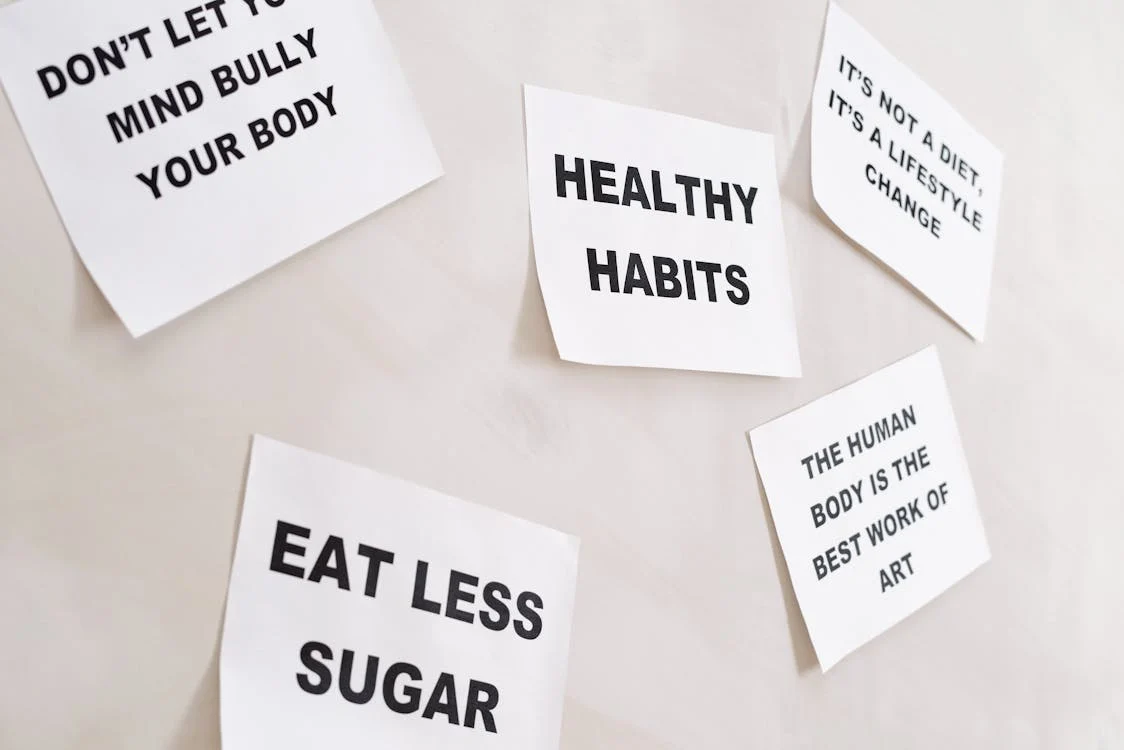Book Review: Atomic Habits and How We Build Them
Photo by Jessica Lewis 🦋 thepaintedsquare
Atomic Habits is from a self-help book genre that I have come to love in recent years. It's not that I’ve lost my childish wonder and thirst for fictional stories; I somehow find books like this very comforting as they offer a direct comparison to how a person, in reality, would react.
What I Loved
 |
| Photo by Moe Magners |
 |
| Photo by SHVETS production |
 |
| Photo by ThisIsEngineering |
What Could Be Improved
Some sections felt slightly repetitive, particularly when emphasizing the Four Laws. While this repetition reinforces the message, it might feel redundant for readers already familiar with habit-building concepts.
Additionally, the author’s examples sometimes reflect a position of privilege, as seen in Chapter 13, "How to Stop Procrastinating by Using the Two-Minute Rule." While I understand the author’s perspective, the suggestion of going to the gym for just two minutes to build a habit might come across as unrealistic for those without access to gym memberships or the financial flexibility to accommodate such an approach.
A broader representation of everyday, working-class individuals or people from diverse socio-economic backgrounds would have added depth and relatability to the book. After all, habit formation isn’t a one-size-fits-all process, and context matters.
Who Should Read It
This is a must-read for people who want a mental reset from all the hustle and bustle of life. It is a very comforting read that validates the things we’ve done while also highlighting the importance of breaking bad habits.
The book speaks truths backed by science and the expertise of leading professionals, making it hard to ignore its insights. I hope you find comfort in reading a book that isn’t based on fantasy or drama—if that's not the life you prefer.
Of course, this isn't an end-all-be-all kind of book, but in the name of progress, I perused every page to create this piece.
Rating
- Storytelling: ⭐⭐⭐⭐☆
- Character Development (of the reader): ⭐⭐⭐⭐⭐
- Pacing: ⭐⭐⭐⭐☆
You Might Also Like
- The 48 Laws of Power by Robert Greene - Albeit controversial, this book is a step up from James Clear's Four Laws of Behavioral Change. It is not a very comfortable read due to its advanced vocabulary, but if you want to learn how to navigate power dynamics and get things done your way, this book is worth exploring. It includes themes of manipulation, trickery, and power, so tread lightly.
- The Art of War by Sun Tzu - A gripping book about war, politics, and philosophy. While not as gentle or practical as many self-help books today, it offers timeless strategies and insights. This one is milder than The 48 Laws of Power in its tone but still requires thoughtful application to modern life. Some would say that this book is a little outdated but the fact that many people still use this book as a reference for professional careers sports, and politics is proof enough of its worth.
Final Thoughts
Atomic Habits offers a realistic and well-balanced approach to building better habits one step at a time. It introduces four key laws for creating better habits and breaking bad ones, providing practical principles for an optimal way of living.
It’s also an excellent book to start your year with, as the author highlights how the beginning of the year brings hope and inspiration for new beginnings. Whether you're a seasoned self-help enthusiast or a newcomer, this book is a powerful guide to small changes that lead to big results.





Comments
Post a Comment